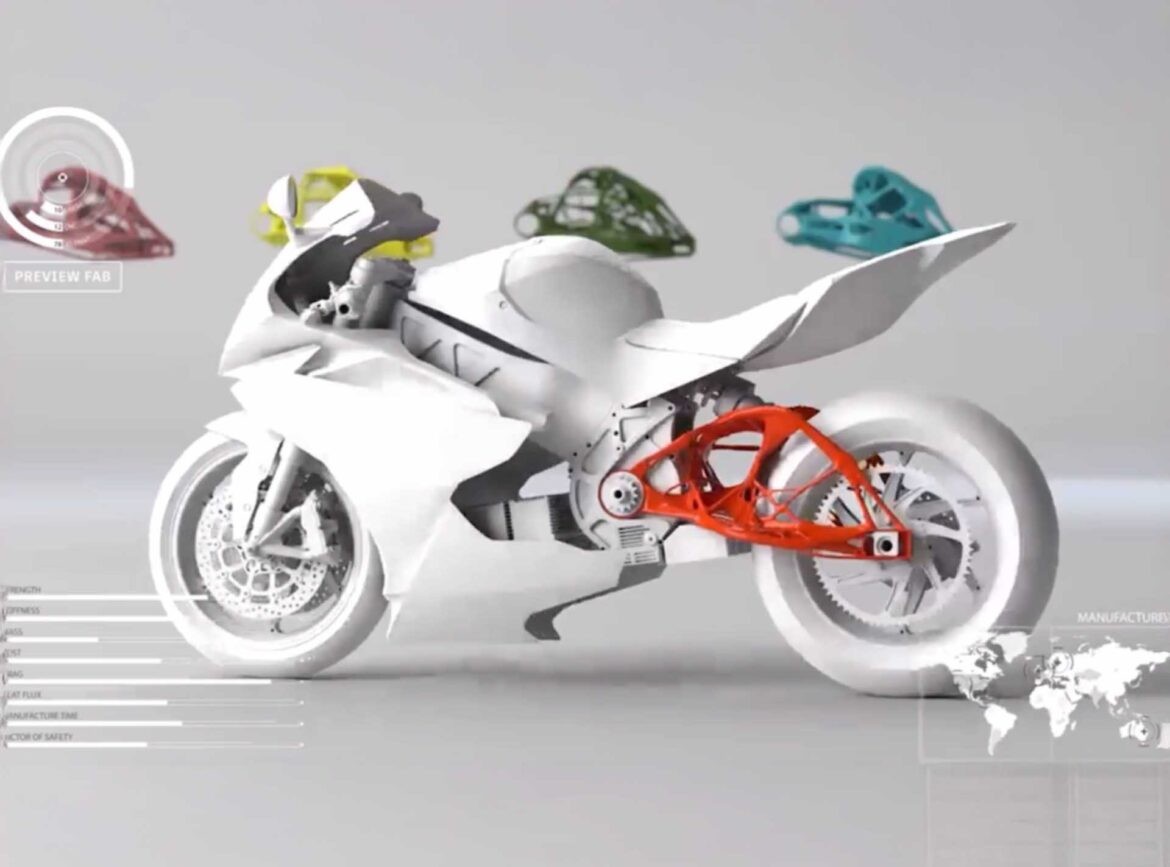Generative Design – Engineering Reimagined
Visualization: © Hurni Engineering Sarl | AI-assisted design optimizes form and function.
What if machines could think – and co-create?
Product development is no longer solely shaped by human hands. With generative design, the way engineering, product development, and creative processes work is fundamentally changing. It doesn’t start with a single idea – but with a multitude of parameters analyzed by AI. This leads to hundreds of design variations, optimized for maximum efficiency and performance.
- From rules to shapes: AI generates geometries based on physical and manufacturing constraints.
- Unconventional shapes, superior performance: Structures may look organic but are precisely calculated.
- Rapid prototyping: Designs can be directly transferred to 3D printing or CNC manufacturing.
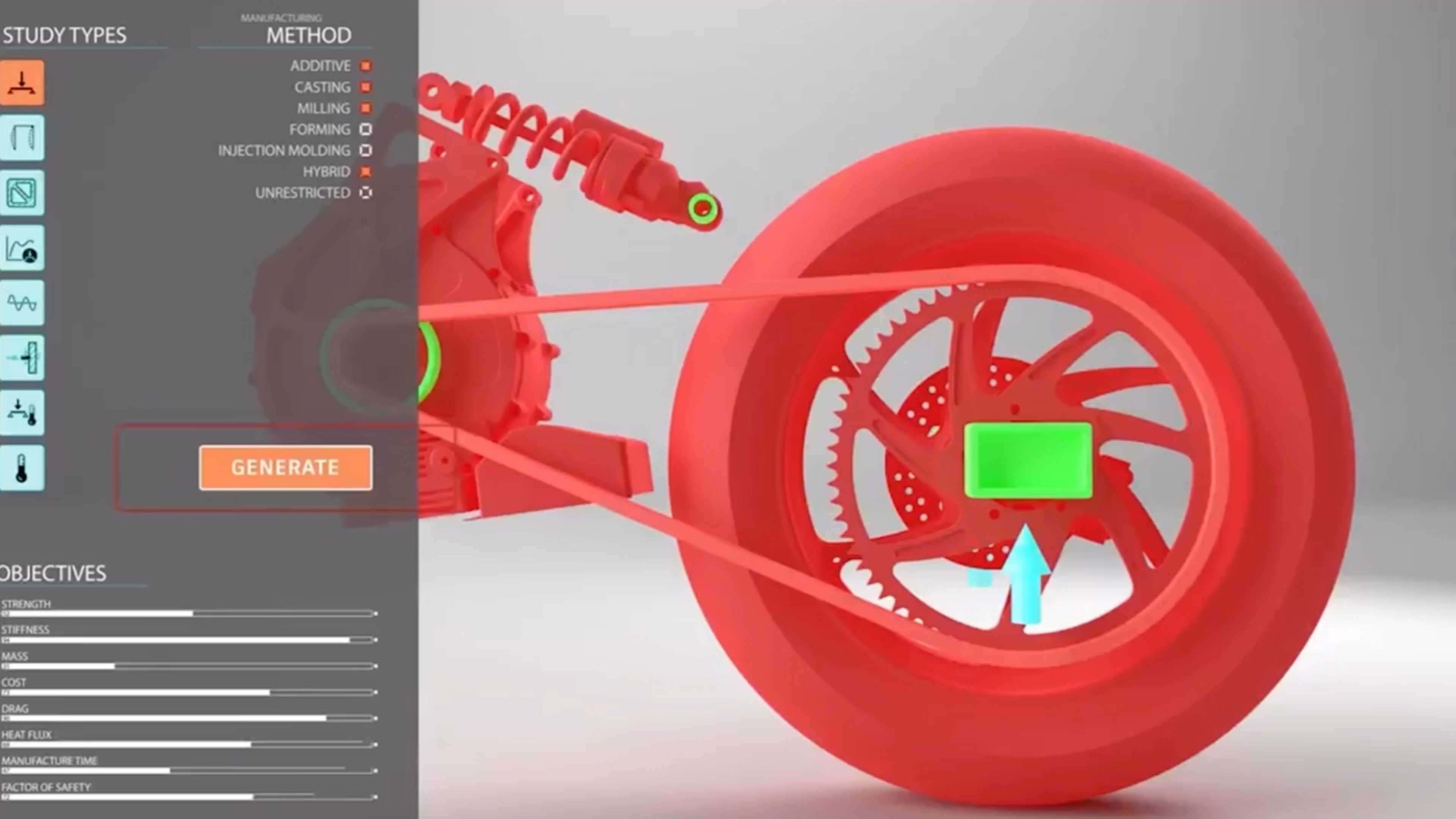
Organically optimized component
Image: © Hurni Engineering Sarl | Components created using generative design appear nature-inspired.
Generative design introduces a new design language to engineering. What appears to have been shaped by erosion or evolution is actually based on mathematical precision. The components are lighter, more resilient, and more material-efficient than conventional parts – a major advantage in aerospace, automotive, and medical technology.
Motorsports in focus: AI design in the fast lane
Motorcycle design showcases these advantages especially well. Frames, swingarms, and aerodynamic fairings are no longer designed traditionally but generated by AI systems. These consider driving dynamics, force distribution, and material limits – delivering solutions that engineers alone might not envision.
- Performance-oriented: Less weight, higher strength, optimized aerodynamics.
- Faster from idea to product: Design cycles are drastically shortened.
- More sustainable: Reduced material use saves resources and costs.
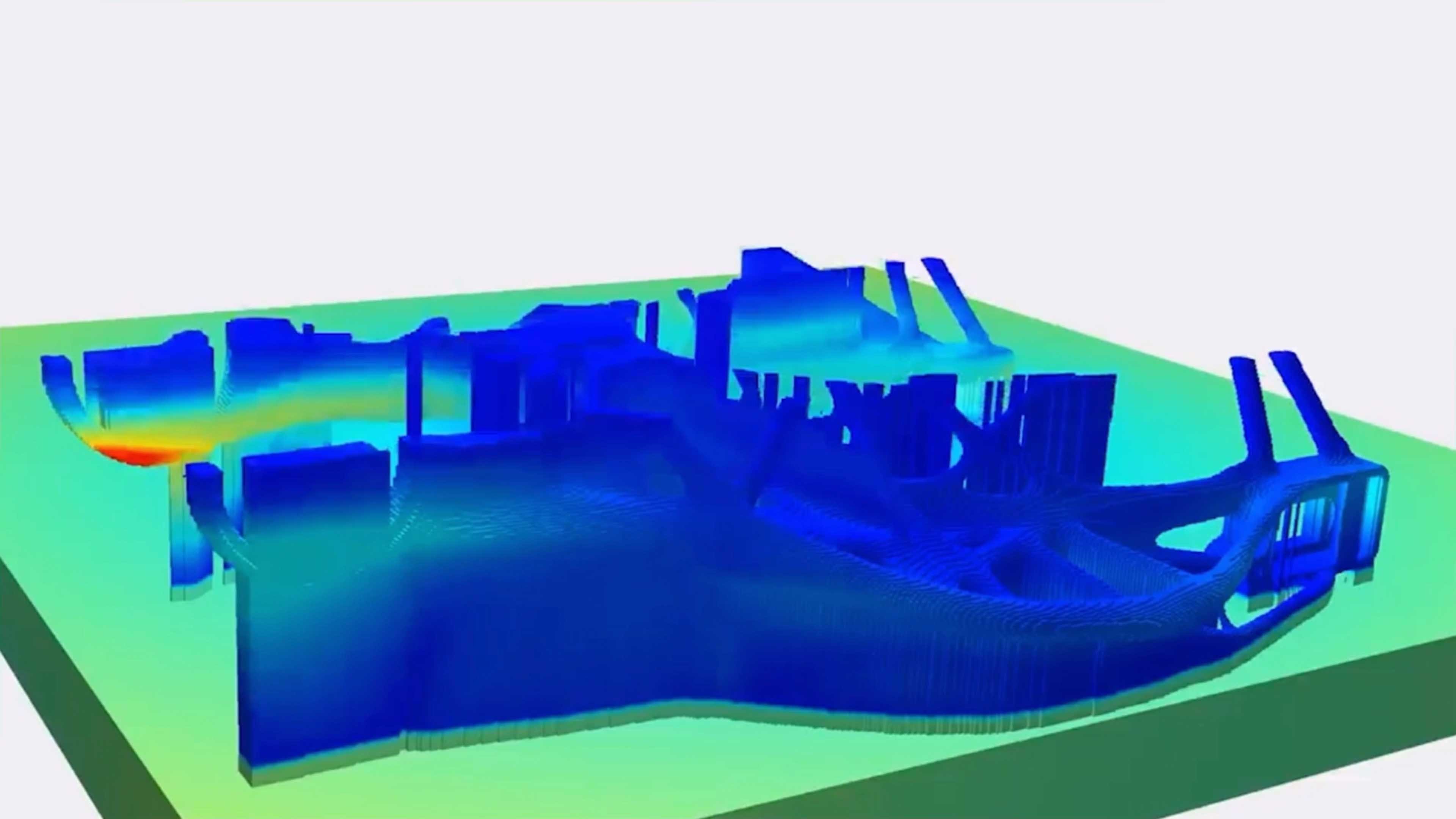
Generatively designed motorcycle swingarm
Image: © Hurni Engineering Sarl | Load-optimized geometries for peak performance on the racetrack.
The result: machines that are more efficient and robust – and look futuristic. Generative design redefines what is shapable and manufacturable.
Chart: Comparing traditional and generative product development
This chart illustrates the difference in time effort and variant quantity between traditional construction and generative design.
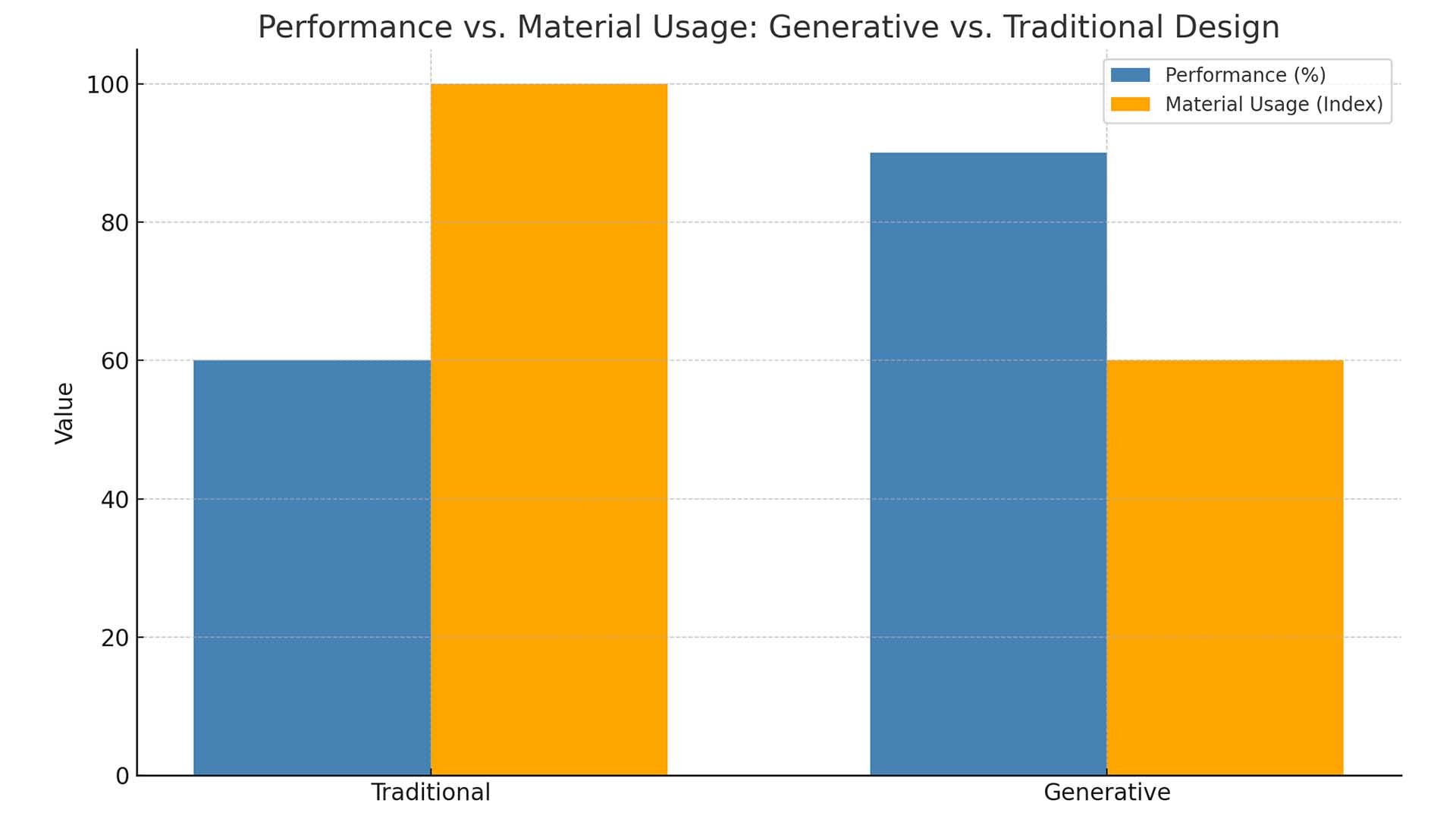
Process comparison: Traditional vs. Generative Design
Source: Autodesk Research, Fraunhofer IAO, 2024
While traditional development relies on just a few iterations, generative design enables selection from hundreds of optimized variants – and reduces development time by up to 60%.
Modular meets personalized
Generative design opens the door to mass-personalized products – without sacrificing standardization. Whether for sports equipment, architectural components, or medical technology – modular toolkits allow for lightning-fast design adaptation and production.
- Modular geometry: Parameters define form, function, and material.
- Automated personalization: User profiles are directly incorporated into design.
- Scalable production: Ideal for small batches, on-demand production, and prototyping.
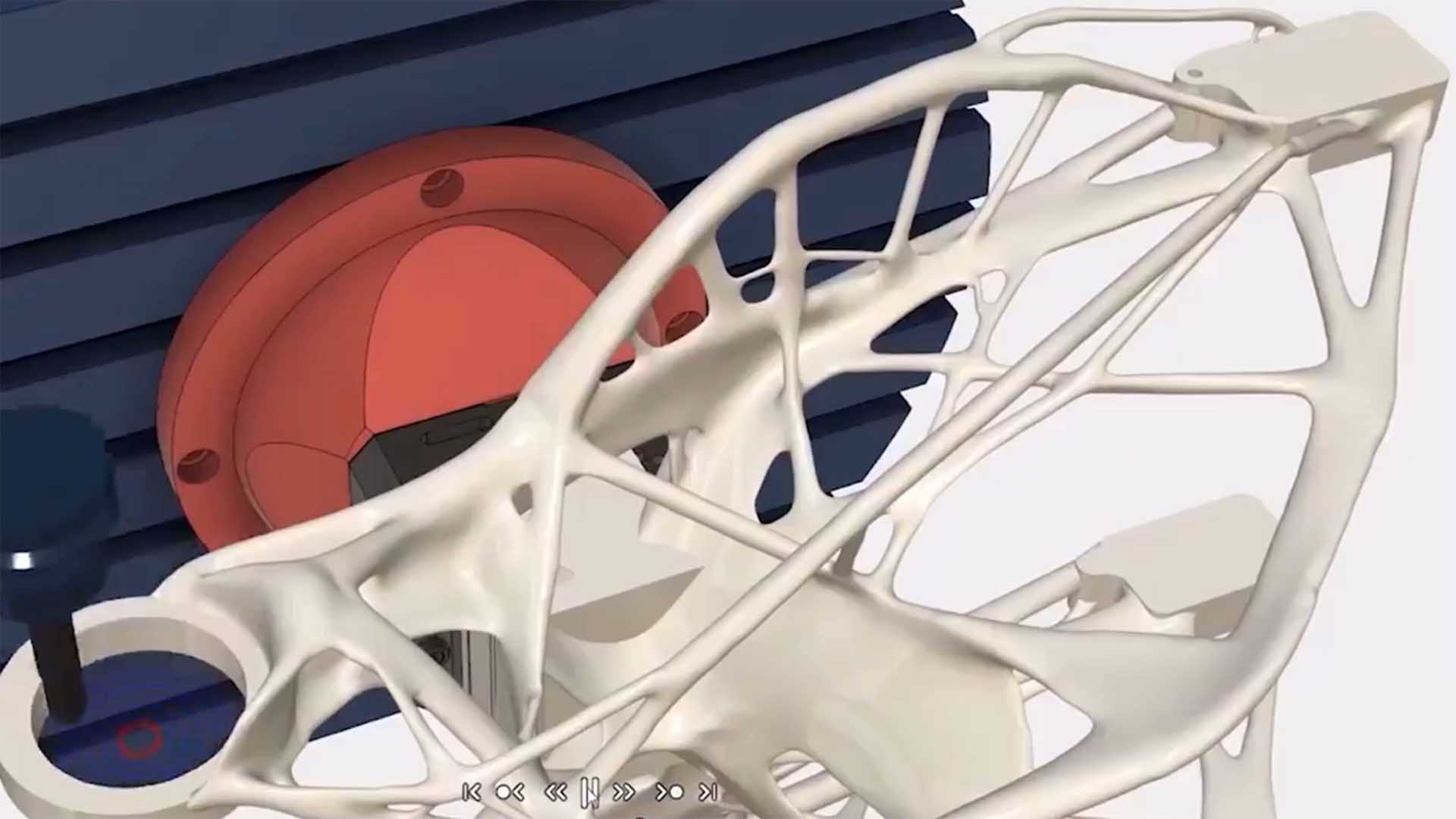
Modular design in architectural context
Image: © Hurni Engineering Sarl | Automated form variety through defined parameters.
Through the smart combination of generative modeling and parametric design, products can be individually adapted – and still manufactured efficiently.
Chart: Industry potentials of generative design
The following chart shows the expected impact of generative design across different industries in the coming years.
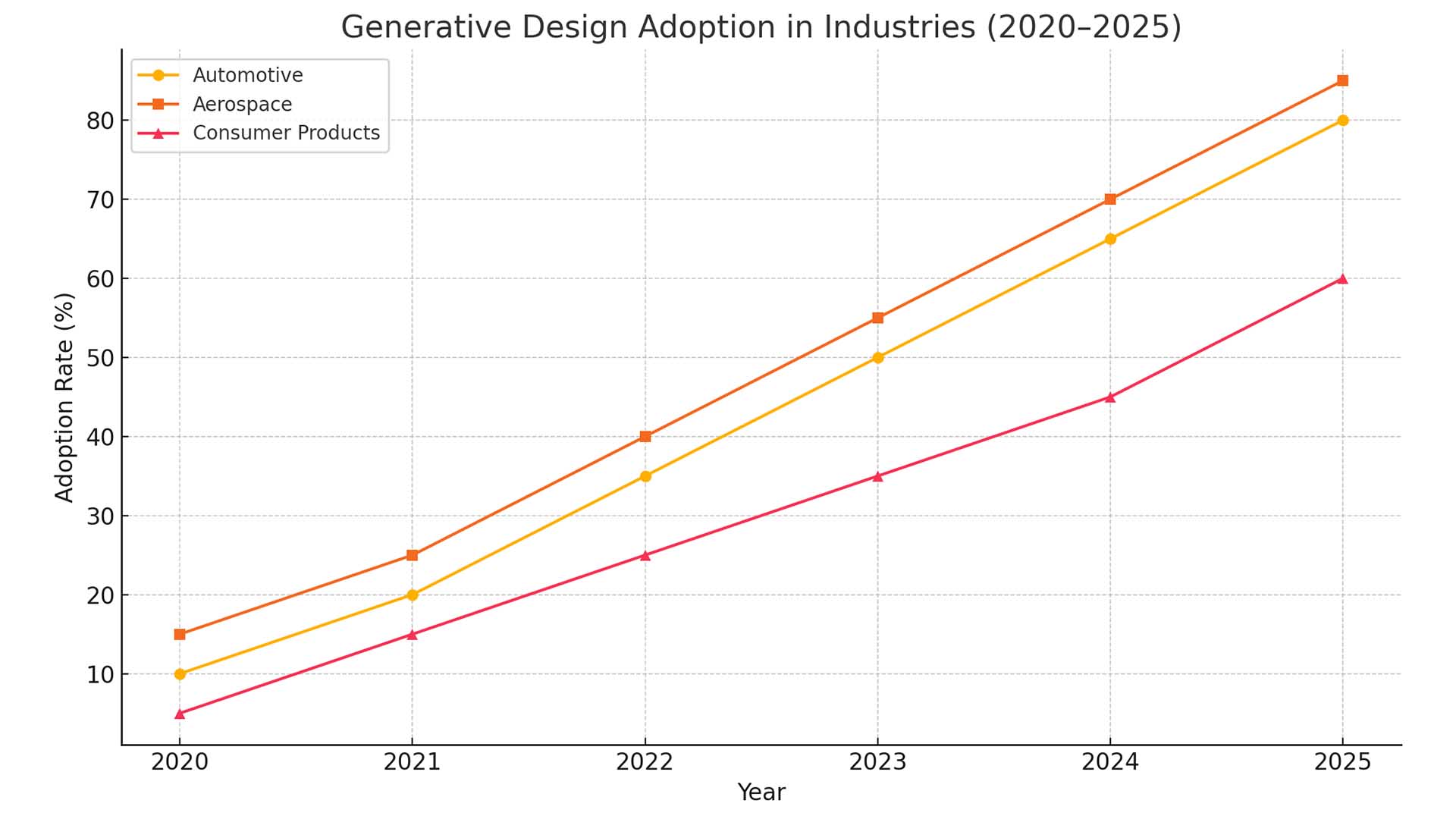
Industry potentials of generative design
Source: McKinsey & Company, Boston Consulting Group, 2025
Industry, aerospace, and healthcare are among the leading adopters. Particularly high growth rates are expected in consumer products and mobility.
Video: How generative design works in practice
This video shows how generative algorithms unify design, simulation, and manufacturing on a single platform.
Generative design in action
Video: © Visoric GmbH / Sources © Hurni Engineering Sarl | Generative product development with real-time visualization.
Invitation to collaborate
The Visoric expert team from Munich supports companies in integrating generative processes, AI-based 3D workflows, and digital innovation projects.
- Consulting: Implementing generative design methods in development and production
- Prototyping: Creating generative modules for XR, simulation, and 3D printing
- Transformation: Digital strategies for adaptive product development
Get in touch – together we shape the next generation of intelligent product development!
Contact Persons:
Ulrich Buckenlei (Creative Director)
Mobile: +49 152 53532871
Email: ulrich.buckenlei@visoric.com
Nataliya Daniltseva (Project Manager)
Mobile: +49 176 72805705
Email: nataliya.daniltseva@visoric.com
Address:
VISORIC GmbH
Bayerstraße 13
D-80335 Munich


